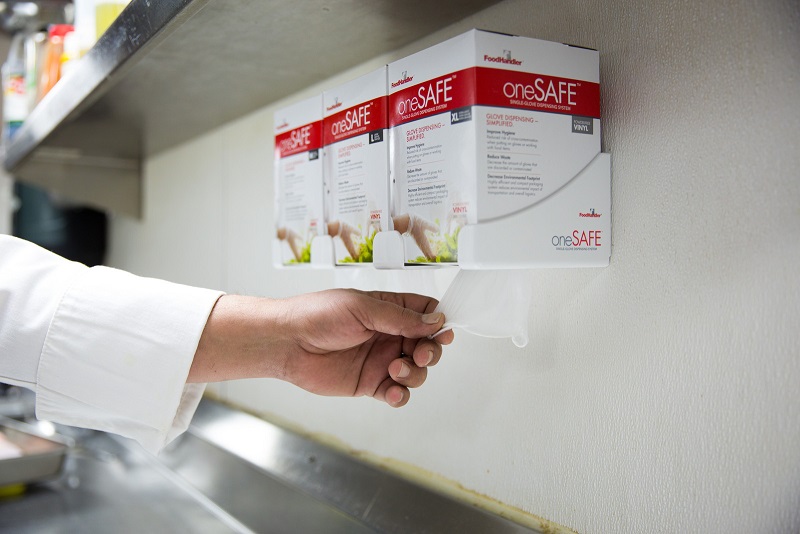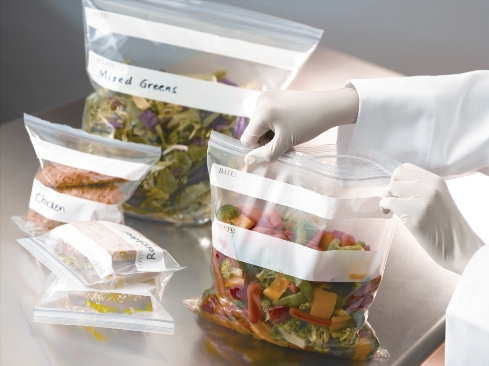September is National Food Safety Month: The Future of Food Safety
Each September we recognize the importance of food safety every day in our operations by celebrating National Food Safety Month. This year’s theme, The Future of Food Safety, emphasizes the changing environment in which foodservice operates. Each week of September has a unique focus:
- Regulation Changes—Staying compliant with new regulations
- Suppliers—Best practices for receiving food
- Consumers—Responding to new trends and technologies
- Employees—Their role in ensuring food safety
Go to www.foodsafetyfocus.com to download resources related to these four focus areas.
At FoodHandler, we believe that food safety should be the focus in foodservice operations every day. This month our blog presents ideas for creating a positive food safety culture, which we believe forms the foundation for a strong food safety program. We are pleased to provide on-going support for operators through webinars, blogs, signage, logs, and other resources. Let us know how we can support you—
The Future of Food Safety is important for all of us. Do something extra this month to focus on food safety—provide a training session, use a table tent to communicate to customers your concern for food safety—let your imagination run wild!
READ MORE POSTS
The Worst Customer Complaint: Foodborne Illness
Food service managers and crew try to follow the rules of food protection. Yet, occasionally a complaint may arise and these calls take priority over all other daily crises. If you have been in the food service industry long enough, you may have gotten one of these. A customer may claim, "I think your food made me ill." These words inflict instant anxiety. If it happens, here are some next steps to think about in advance of such a claim:
How Effective is Your Food Safety Training?
Basic food safety in a restaurant kitchen is not rocket science, but critically important for the crew to take the time to learn about it and for managers to set the example each day. Customers never expect or want to see a manager, chef, or a crew member make a very visible food safety mistake, like not washing hands before food prep and gloving, or touching their face or hair while prepping or handling food. Have we all seen it happen in our restaurant or as a customer elsewhere? Certainly. Are you using some creativity in your current training methods to help your staff “get it” so to speak, and reflect positive behaviors regarding food safety?
Why Does Food Spoil?
Food gradually deteriorates because of a natural process of aging, just like humans. However with all foods, there are a few things we can do that have a positive effect on the shelf life and safety of our foods at the restaurant. Some preservation is done at the food manufacturing plant, some naturally, but a better understanding of the processes may help you extend that shelf life. Preservation methods and storage conditions must be designed to reduce the rate of decomposition and protect the safety, appearance and taste of our food.











